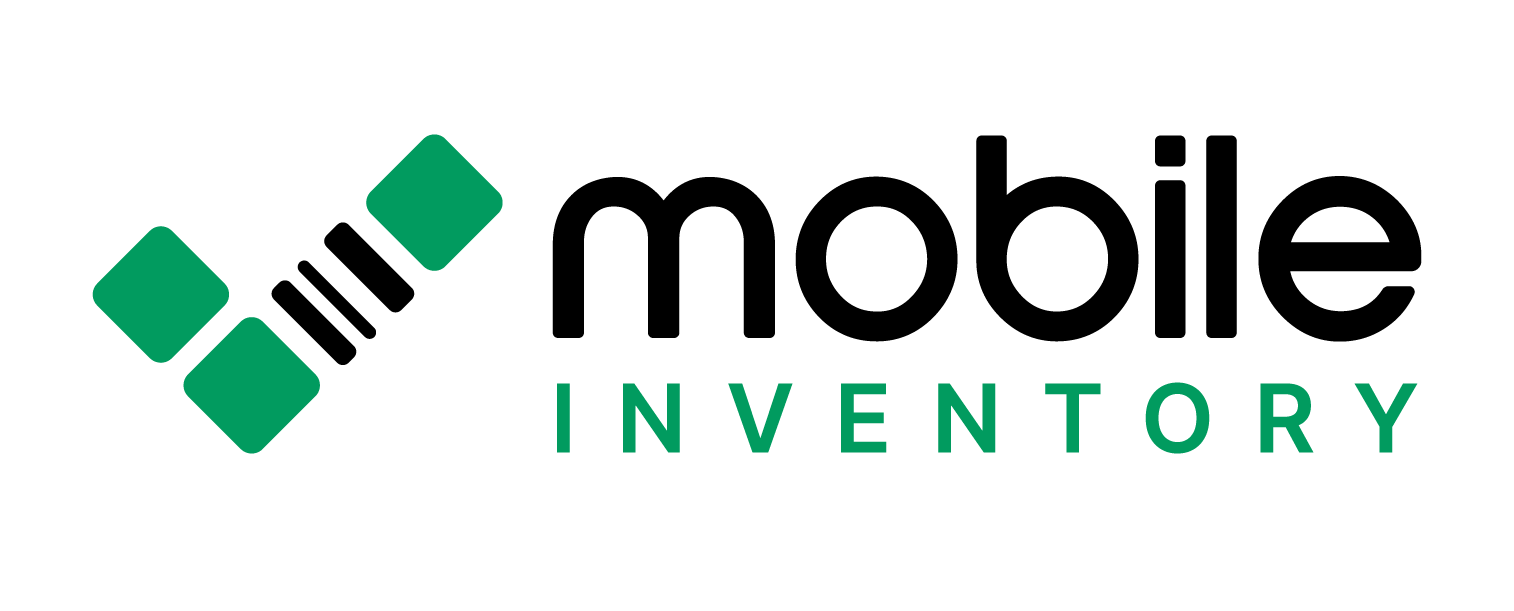Штрих-коды повсюду в современном управление запасамиОни - самый быстрый способ идентифицировать продукт и обеспечить непрерывность работы. Но в реальной жизни этикетки могут помяться, выцвести или оказаться в условиях недостаточного освещения. В таких случаях сканирование может быть медленным или, что еще хуже, ошибочным.
Именно здесь машинное обучение (ML) помогает. Соединив проверенную технологию штрихкодов с искусственным интеллектом на устройстве, вы сможете ускорить сканирование и повысить точностьДаже если этикетки не идеальны.
Что на самом деле улучшает искусственный интеллект
- Более быстрое обнаружение. Крошечные модели ML обнаруживают штрих-коды в кадре камеры - даже под углом или частично закрытые - и декодер получает чистый кадр.
- Более чистые изображения. Легкие улучшения (деблюр, осветление, денуаз) делают сложные кадры читаемыми на старых или бюджетных устройствах.
- Проверки на ошибки. Встроенная проверка контрольных цифр (например, EAN/UPC) позволяет выявить большинство ошибок ввода до того, как они попадут в ваши данные.
- Устойчивость к повреждениям (двумерные коды). QR, Data Matrix, PDF417 и Aztec включают коррекцию ошибок, поэтому декодеры могут восстановить содержимое даже при повреждении части кода.
Как мы создали его в Mobile Inventory
На сайте Мобильная инвентаризацияМы объединяем два слоя:
- Сканирование на устройстве. Для распознавания распространенных форматов мы используем функцию сканирования штрих-кодов ML Kit от Google на Android (и Vision от Apple на iOS). полностью на устройстве-Быстро, конфиденциально и работает в автономном режиме.
- Умная проверка. После считывания мы проверяем длину, префиксы и проверяем цифры. Если что-то не сходится, приложение просто просит провести повторное сканирование.
Что это значит для вашей команды
- Меньше повторных сканирований. Лучшее обнаружение и проверка означают больше успехов при первой попытке.
- Работает в автономном режиме. Сканирование и декодирование происходит на устройстве, что делает его надежным на складских площадках и в "мертвых зонах".
- Более чистые данные. Неправильное чтение выявляется на ранней стадии, что сокращает количество исправлений и переделок.
Небольшое замечание об "автокоррекции" штрих-кодов
Линейные коды (EAN/UPC, Code 128 и т.д.) используют контрольные цифры для обнаружить ошибки, но не "угадывает" отсутствующее содержимое - ваше приложение запрашивает повторное сканирование. 2D-коды (QR, Data Matrix, PDF417, Aztec) включают в себя коррекцию ошибок и могут восстанавливать данные, если часть символа отсутствует или размыта.
Под капотом (на английском языке)
- Камера передает кадры.
- Модель ML находит области штрихкодов.
- Приложение по желанию чистит область (размыть, обесцветить, осветлить).
- Проверенный декодер читает содержание.
- Мы проверить результат (проверка цифры, длины, рисунка). В случае неудачи просим провести повторное сканирование.
Итог
ИИ не заменяет штрих-коды, он нагнетатели Они. Благодаря современному сканированию на устройстве и легкой помощи ML вы получаете ускоренное сканирование, высокая точность, и меньше головных болей-Именно то, что нужно занятым командам.
